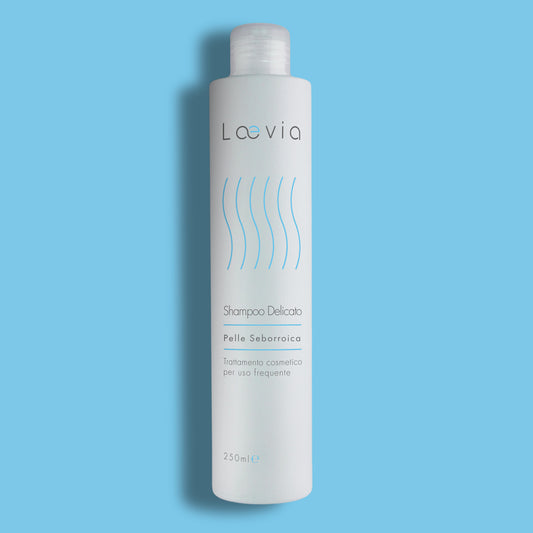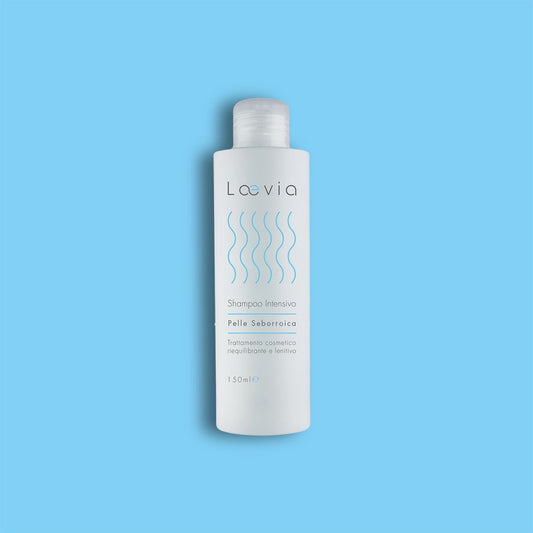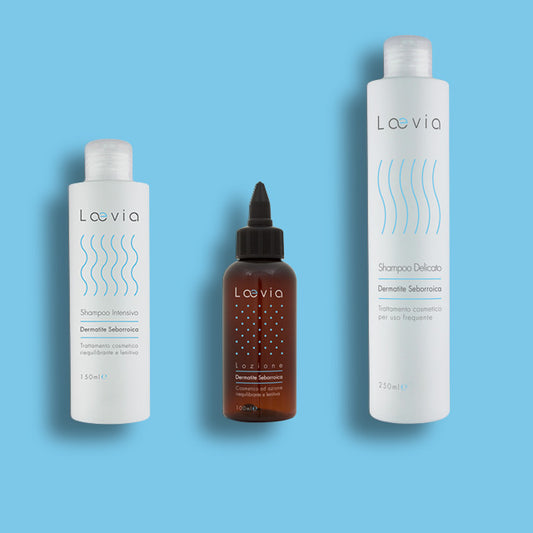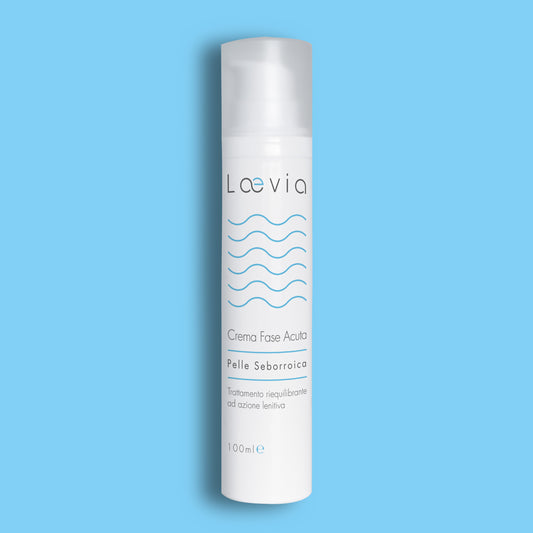When seborrheic dermatitis mainly affects the scalp, it can be confused with other dermatological disorders such as psoriasis, simple or oily dandruff.
Seborrheic dermatitis is a skin and scalp disorder that causes redness, irritation, itching, yellowish crusting and flaking. Some of these symptoms, however, are in common with other dermatological diseases such as psoriasis or dandruff and can lead to diagnostic and therapeutic errors, with the application of products aimed at causes very different from those that cause seborrheic dermatitis.
In the presence of a scalp problem, therefore, the first rule is to contact a dermatologist or trichologist and start a correct therapeutic process to reduce the symptoms and prevent complications.
DOES SEBORRHEIC DERMATITIS MAKE HAIR LOSS? – Several scientific studies do not attest to any certain cause/effect relationship between seborrheic dermatitis and hair loss, however it is possible that the presence of significant burning and/or itching localized on the scalp, together with continuous scratching to find relief, can generate microtraumas to the skin and hair bulb that cause hair loss or thin out growth. However, seborrheic dermatitis is often not the direct cause of hair loss, but rather the excessive production of sebum which hinders the normal activity of the hair follicles including hair growth. Furthermore, the action of scratching the scalp excessively can cause an increase in the inflammatory state of the stressed area and the nesting of bacteria that cause infections.
SEBORRHOEIC DERMATITIS AND FOLLICULITIS - This is a disorder caused in most cases by bacteria, viruses or fungi that infect the pockets present at the root of the hair or hair. Among the possible causes of folliculitis there is also seborrheic dermatitis where excess sebum determines the obstruction of the final part of the follicles, promoting irritation of the scalp, increased itching and/or even a sensation of pain which it can accompany the different stages of the disease. In severe forms and, to a lesser extent, even in the mild stage of seborrheic dermatitis, the infection could cause hair loss in the area affected by the disease.

HOW TO GET SEBORRHEIC DERMATITIS FOR...HAIR – There are safety measures to take to avoid knocking out your hair in case of seborrheic dermatitis.
- Be careful when using aggressive cosmetic treatments such as dyes, highlights and shatush which can aggravate inflammatory conditions of the skin and scalp or stimulate any allergic reactions to the products used.
- Limit as much as possible the rubbing of the areas of skin and scalp affected by seborrheic dermatitis, which can increase the general inflammatory state.
- It eliminates some risk factors associated with the possible onset of seborrheic dermatitis such as an excessively fatty diet, hectic pace, stress, exposure to high humidity, smog and temperature changes.
- Do not use shampoos, cosmetics and/or products for cleaning the skin and scalp that do not respect the pH and which can stimulate the hyperproduction of sebum by the sebaceous glands.
- Instead, use products capable of performing both an antifungal action (counteracting the growth of Malassezia furfur which is one of the factors triggering excess sebum) and an anti-inflammatory action, helping to quell symptoms and causes related to irritation. To combat seborrheic dermatitis, cleansing, soothing and emollient products free from irritating and aggressive substances such as parabens, SLES, SLS, PEG, PPG, dyes, alcohol, petroleum and formaldehyde derivatives, silicone oils and artificial preservatives should be used. These products must also be tested for Nickel and formulated to promote the restoration of the hydrolipidic mantle capable of protecting the skin from the aggression of external agents.





